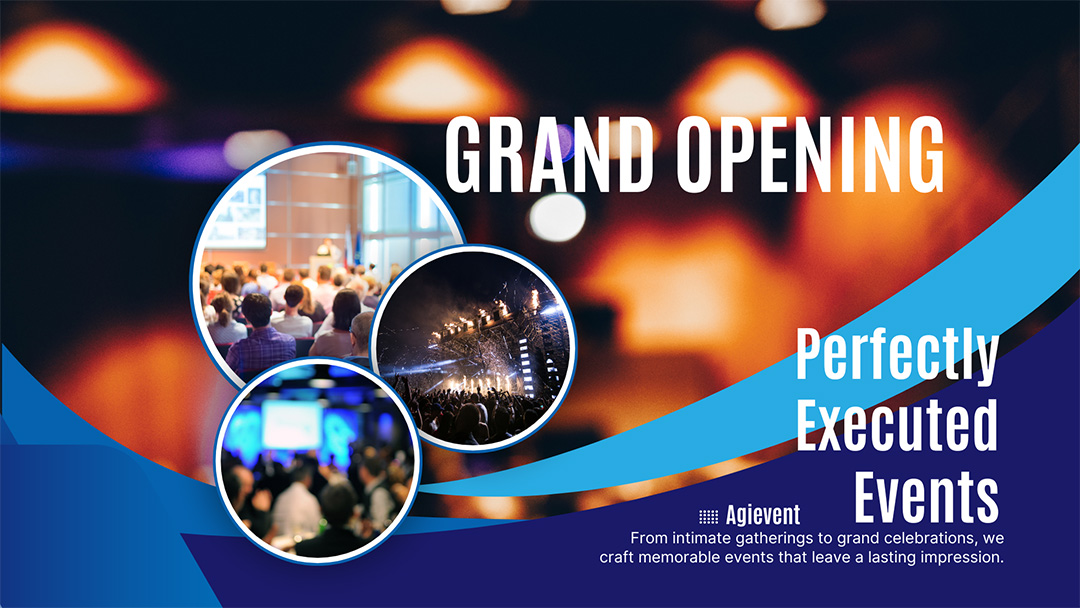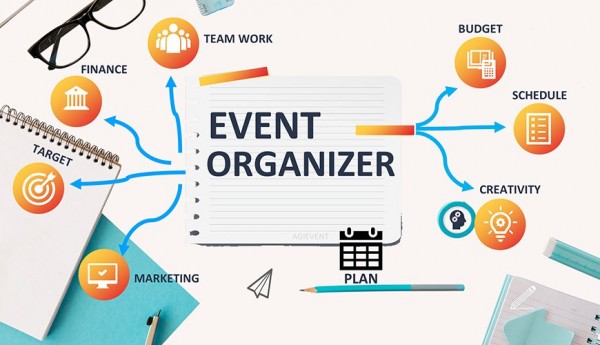Steps to Create an Event Proposal That Attracts Sponsors

In the field of event management, securing sponsorship is one of the most crucial aspects that can determine the success or failure of an event. However, the real challenge lies in crafting an event proposal that truly captures the attention of potential sponsors. A proposal is not just a formal document, but a strategic communication tool that must convince sponsors that supporting your event is a profitable investment.
In this comprehensive guide, we will explain step-by-step how to create an event proposal that successfully attracts sponsors, including practical examples and relevant strategies.
Why Sponsorship Proposals Matter
A sponsorship proposal serves as:
-
A representation of the organizer’s professionalism
-
A communication tool to explain the vision, mission, and event concept
-
A medium to showcase the benefits sponsors will gain
-
A foundation for sponsors to assess funding opportunities
Without a well-structured proposal, it’s difficult for sponsors to evaluate the potential value of the event.
Step 1: Clearly Define the Event Purpose and Concept
Before you start writing, understand in detail:
-
What is the primary purpose of the event (education, promotion, social, entertainment)?
-
Who is the target audience (youth, professionals, specific communities)?
-
What makes your event unique compared to others?
-
How will the event be executed (offline, online, hybrid)?
Example:
If your event is a local music festival, your unique selling point could be brand exposure to thousands of millennials both on-site and through digital platforms.

link pdf : Example Sponsorship Proposal
Step 2: Use a Clear Proposal Structure
Your proposal must be structured and easy to digest. A recommended layout includes:
1. Cover Page
-
Event name
-
Date and venue
-
Organizer’s logo
-
Visually engaging design aligned with the event’s theme
2. Introduction
-
A short greeting from the organizing committee or company
-
Gratitude to potential sponsors for their time and consideration
3. Event Background
-
Why the event is important and relevant
-
Market trends or social issues supporting the event idea
4. Event Objectives
-
Overall goals and specific outcomes
-
Short- and long-term targets
5. Event Description
-
A comprehensive breakdown of the event (theme, concept, schedule)
-
Activities to be conducted
-
Estimated audience size and demographics
6. Target Audience
-
Age, occupation, interests, location
-
How this audience aligns with the sponsor’s target market
7. Media and Promotion Plan
-
Promotional channels (social media, print, radio, email blast)
-
Digital marketing strategy
-
Estimated reach and brand exposure
8. Sponsorship Offer
-
Sponsorship tiers (Platinum, Gold, Silver, Supporting Partner, etc.)
-
Rights and benefits included in each package
-
Logo placement, mentions by emcee, booth space, and more
9. Budget Overview
-
Event cost estimates
-
Amount of funding needed through sponsorship
10. Closing
-
Thank you note
-
Expression of interest in long-term collaboration
-
Contact information for communication
Step 3: Emphasize Sponsor Benefits
Your proposal should highlight what the sponsor gains, such as:
-
Direct brand exposure to thousands of target audience members
-
Logo placement on all event materials
-
Brand mentions during the event
-
Booth space to engage directly with attendees
-
Product demonstrations or sampling opportunities
-
Professional event documentation for marketing use
-
Possible media coverage
Sell value, not just request funds. Show how sponsoring your event is a smart marketing move.
Step 4: Use Engaging Visuals and Reliable Data
Sponsorships are based on data and trust, not assumptions. Include:
-
Audience demographics and past event stats
-
Social media engagement metrics
-
Visual documentation of past events
-
List of media partners
-
Testimonials from previous sponsors
Design the proposal professionally using relevant visuals, icons, and brand-aligned colors. A visually compelling proposal gets more attention and better responses.
Step 5: Submit the Proposal Professionally
Once the proposal is ready:
-
Print in high-quality or save as an interactive PDF
-
Submit at least 1–2 months before the event date
-
Include an official cover letter
-
Follow up after 5–7 days via email or call
-
Be ready to present the proposal in person if needed
Step 6: Build Long-Term Relationships, Not Just Transactions
Sponsors are more likely to say yes if they see potential for ongoing collaboration. Therefore:
-
Keep sponsors updated before and after the event
-
Share event reports and documentation
-
Invite them to future events
-
Send personalized thank-you messages
This helps build trust and long-term loyalty, increasing your chances of recurring sponsorship.
Conclusion: What Makes a Winning Sponsorship Proposal
Crafting a sponsorship proposal that works involves:
-
In-depth research of potential sponsors and target audience
-
A structured and reader-friendly format
-
Clear articulation of sponsor benefits
-
Supportive visuals and data
-
Professional submission and follow-up
-
Relationship-building communication
By applying these strategies, you can not only attract sponsors for your event but also establish yourself as a credible and professional event organizer.

AGI EVENT
Related content
Event - Tour








